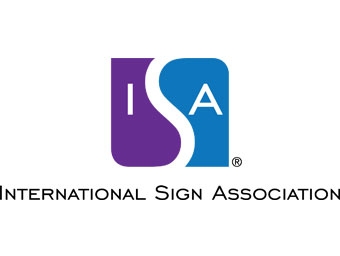California’s Appellate Court Second District ruled that communities can continue to treat on- and off-premise signs differently. The International Sign Association and its affiliate, the California Sign Association, had filed a friend of the court brief supporting the long-held distinction.
“This is a tremendous win for the sign and graphics industry,” said David Hickey, ISA’s vice president of government relations. “The court’s decision confirms ISA’s contention that communities should be allowed to regulate on-premise signs differently than off-premise signs (billboards) if they so choose, and as they lawfully have been able to do for decades.”
In Lamar Center Outdoor LLC v City of Los Angeles, billboard company Lamar had argued that creating distinctions in regulating the two types of signs was a content-based ordinance that violated the First Amendment. The appeals court overturned a lower court ruling that supported Lamar’s position.
Hickey notes that a concurring opinion in the 2015 Supreme Court decision, Reed v. the Town of Gilbert, specifically addressed that legality of maintaining the different treatment of on-premise and off-premise signs, and that the 1981 Supreme Court ruling, Metromedia v San Diego, also allowed for different treatment.
“This could have been disastrous for the sign and graphics industry and for the businesses we serve,” Hickey said. “If the distinction was found to be unconstitutional, it could have created a number of spacing, size and permitting issues, and potentially led more communities to completely ban some kinds of on-premise signs, such as EMCs. Any of these potential outcomes would have adversely affected the businesses that use these kinds of signs.”
ISA and its 17 Affiliated Associations continue to advocate at the local, state and federal levels to represent the interests of the sign and graphics industry and end-user groups.











